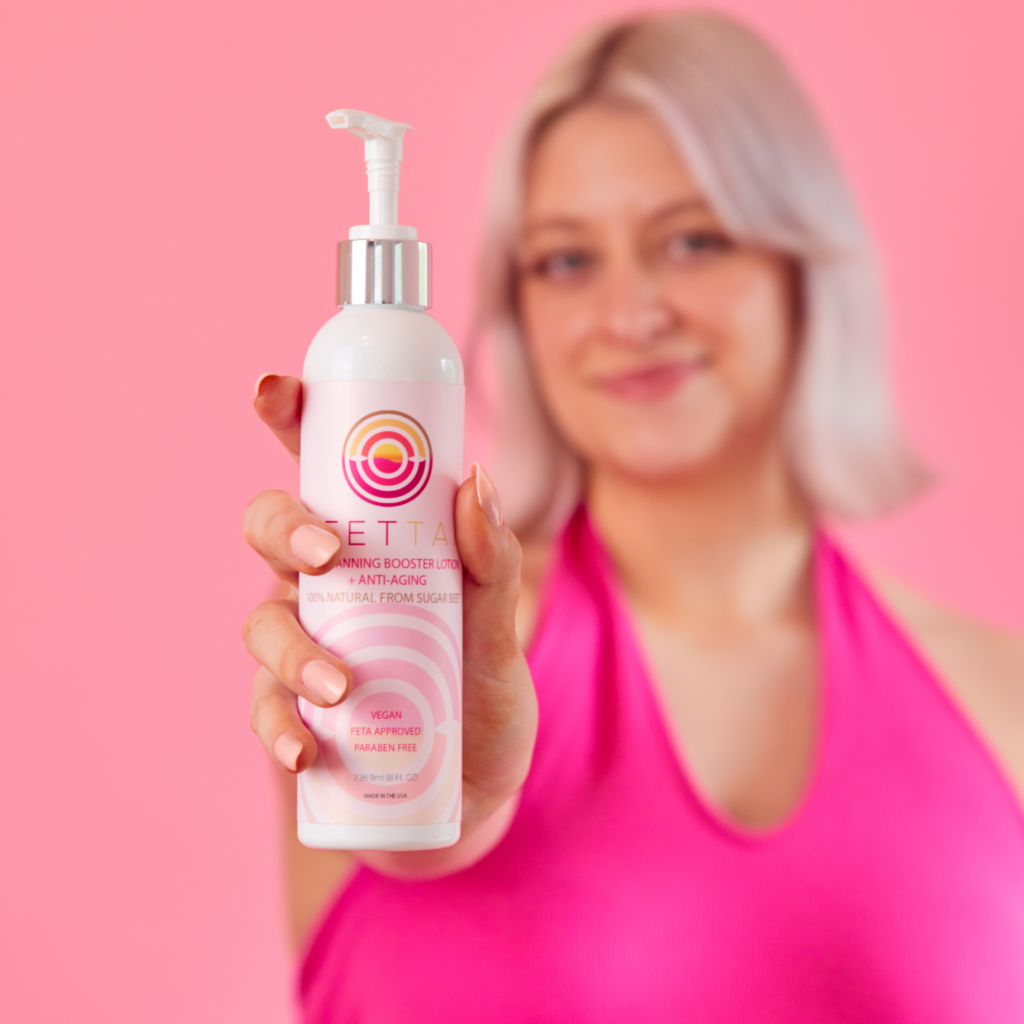The Science of DHA in Sunless Tanners: Prep, Care, and Allergies
If you love the look of a sun-kissed glow but want to avoid harmful UV rays, then you’ve probably heard of DHA, the active ingredient in sunless tanners. But how does it work? And what can you do to get the best results from your sunless tan?
How DHA Works
DHA stands for dihydroxyacetone. It’s a sugar derivative that reacts with the amino acids in your skin to produce melanoidins, which are brown pigments that give your skin a tan-like appearance. DHA doesn’t penetrate beyond the top layer of your skin, making it a safe and effective way to achieve a tan without exposing yourself to the sun.
Proper Prep for a Sunless Tan
To get the best results from your sunless tan, it’s important to prep your skin properly. Here are a few tips:
- Exfoliate before tanning to remove dead skin cells and create a smooth canvas for the DHA to adhere to. We recommend using Beetit to exfoliate before your tan.
- Moisturize dry areas, such as your elbows and knees, to prevent uneven color buildup. We recommend using Beettan Blending Butter, which is a lightweight, oil-free moisturizer that won’t interfere with the DHA.
- Avoid using any products that could create a barrier between your skin and the DHA, such as oil-based lotions.
Caring for Your Sunless Tan
Once you’ve applied your sunless tanner, it’s important to take care of it so that it lasts as long as possible. Here are a few tips:
- Avoid showering or swimming for at least 8-12 hours after applying the tanner. This will give the DHA time to fully develop.
- Moisturize regularly to keep your skin hydrated. Dry skin can cause your tan to fade more quickly. We recommend using Beettan Blending Butter or Beettan Booster and Lavender, which will help keep your skin hydrated and your tan looking its best.
- Use a mild, sulfate-free cleanser when you shower, we suggest using Beetbod Body Wash. Avoid using harsh soaps or scrubs, as they can strip your skin of its natural oils and cause your tan to fade prematurely.
DHA Allergies
While DHA is generally safe for most skin types, some people may experience allergies or sensitivities. Symptoms of a DHA allergy can include redness, itching, and rash. If you think you may be allergic to DHA, it’s important to do a patch test before using a sunless tanner. To do a patch test, apply a small amount of the tanner to a small area of skin and wait 24 hours for any reaction. If you experience any irritation, do not use the tanner.
If you have a mild allergy to DHA, you can opt for Beettan’s Clear Solution when getting a spray tan. Clear DHA solutions are less likely to cause allergic reactions because it is a milder version of the active ingredient that can trigger sensitivities.
Conclusion
DHA is a safe and effective way to achieve a sun-kissed glow without exposing yourself to the harmful UV rays of the sun. By understanding how DHA works and following proper prep and care guidelines, you can get the most out of your sunless tan and enjoy a radiant, glowing complexion all year round.




